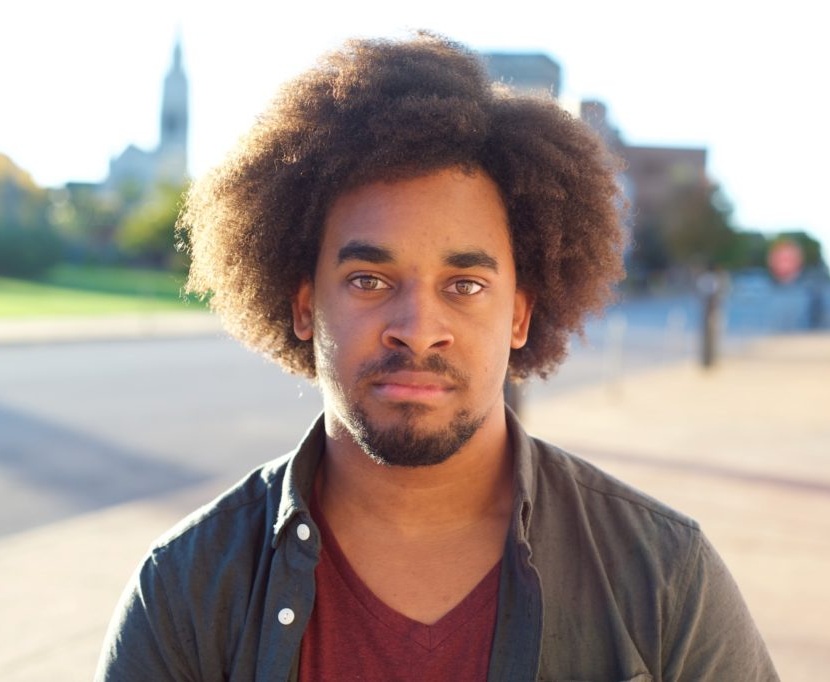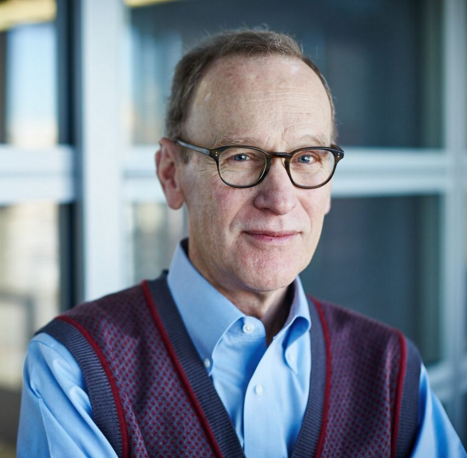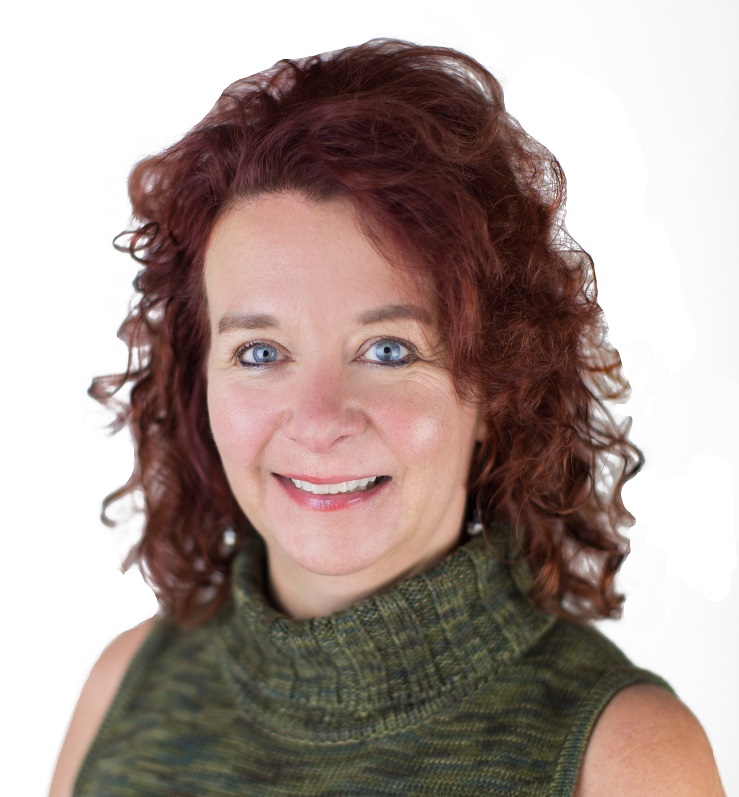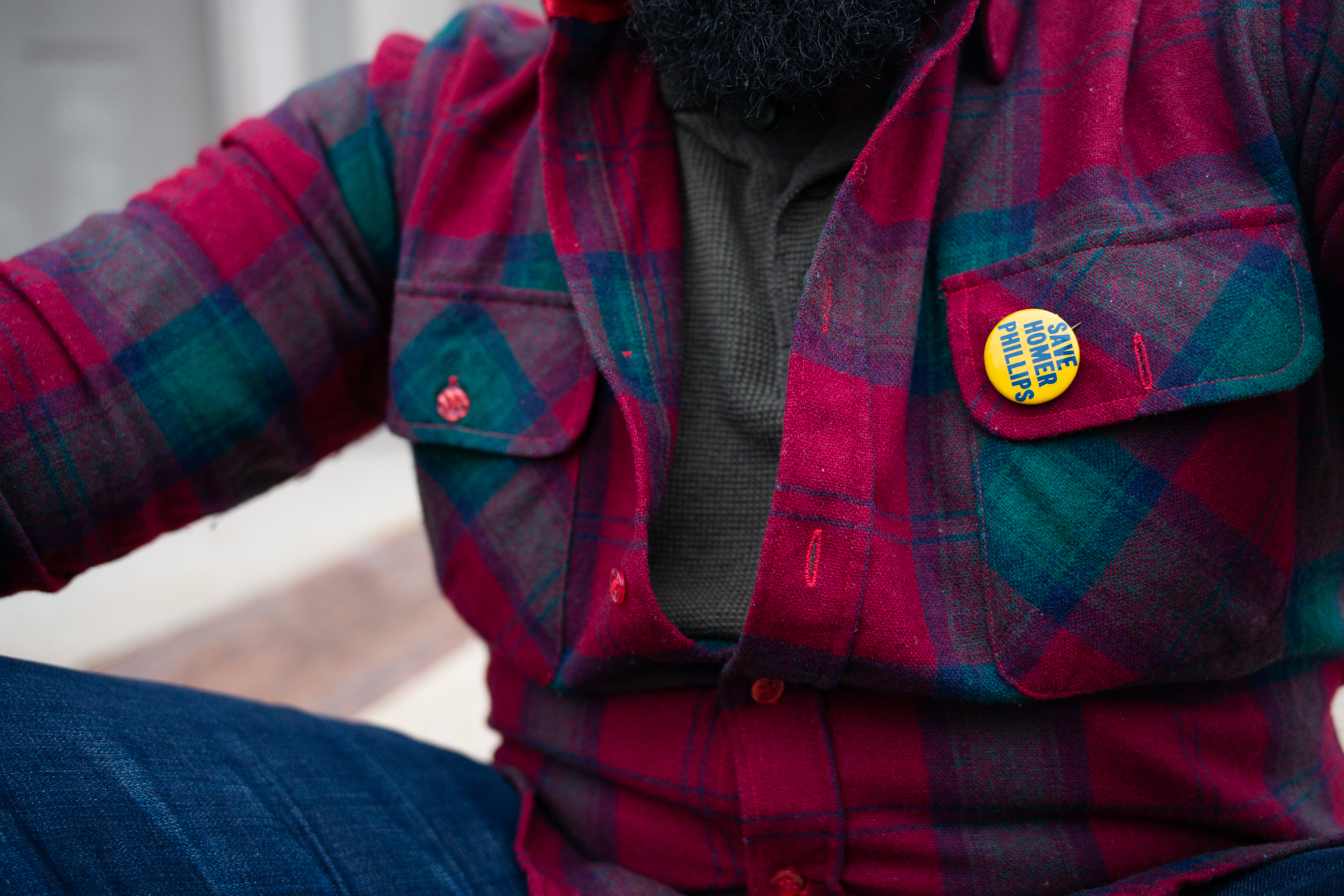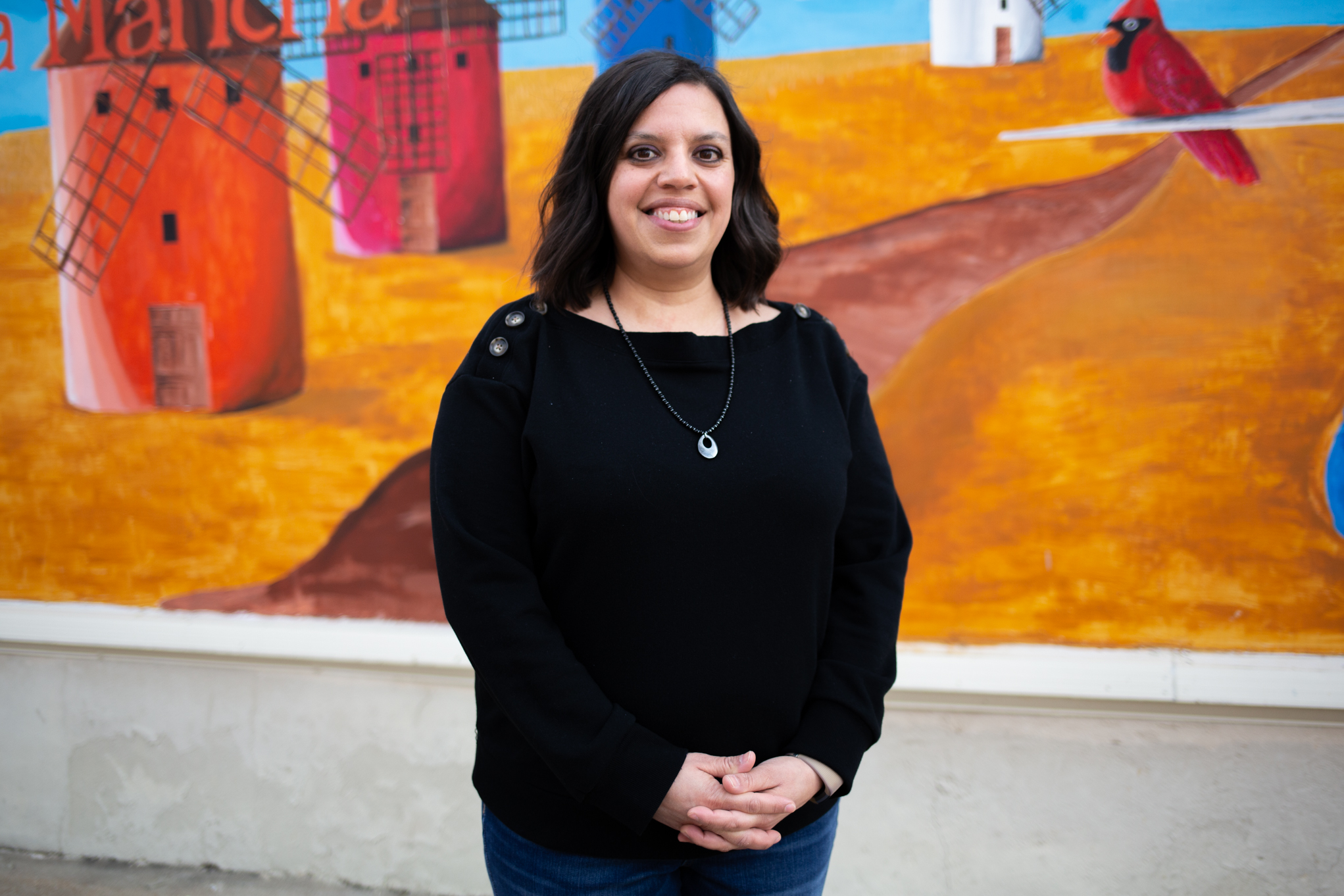Katie Kaufmann, Director, Ready By 21 St. Louis
Census 2020 is back in the news with the recent Supreme Court ruling on the potential inclusion of a citizenship question. We’re still nine months away from the official start of the count in April 2020, but it’s not too early to start planning for how we can really make this census work for the region.
Based on census estimates, 43% of residents of the City of St. Louis live in “hard-to-count” neighborhoods, defined as census tracts where almost a quarter or more households did not mail back their census questionnaires in 2010 and required an in-person visit during the “nonresponse follow-up operation,” during which census workers go door-to-door. The majority of these hard-to-count neighborhoods are north of Delmar and are home to residents who are predominantly African-American and have suffered decades of disinvestment in their neighborhoods.
Census 2020 offers an opportunity to do something about disinvestment in communities and the people who live in them. One tangible investment in our future that Census 2020 will impact is child wellbeing, which in Missouri is largely funded by the federal government. The census data will help allocate over $800 billion per year in federal funds. Many of those funds support programs that both serve children and benefit communities as a whole, including:
Health insurance programs like Medicaid and the Children’s Health Insurance program
Education programs like Title I funding to schools in low-income communities and IDEA special education funding for children with disabilities
Programs that keep children safe, like foster care
Programs that help children learn while their parents work by helping to pay for quality child care and after school programs
Compounding the challenges of counting some specific neighborhoods, children are at risk of being missed in census counts everywhere: in 2010, an estimated one in five children were missed in the census count because their family did not return the form, and an estimated four in five children lived in families that returned the form but didn’t include the young child on it. While a complete count won’t solve issues related to community disinvestment on its own, a complete count will ensure that we don’t leave any potential federal dollars “on the table.” These funds have real implications for St. Louis residents’ access to health and education and our community’s stability.
It’s important for advocates to know that children are more likely to be missed in a census if:
They live in large and complex households.
They live with single parents or young parents between the ages of 18-29.
They are not the biological or adopted child of the householder.
They live with their grandparents, aunts and uncles, or other family members.
They live in families that do not speak English or their family includes immigrants.
They live in poor families.
Their families rent rather than own their home.
Let’s make sure in 2020 we Count All Kids in Missouri. As an advocate for children and communities, you can help by:
Working with other advocates to engage with Governor Parson’s Complete Count Committee and make sure they pay special attention to counting young children and hard to count neighborhoods like North St. Louis City.
Sign up to learn when outreach materials become available, then download and distribute them to families and individuals you work with.
Share #CountAllKids social media materials when they become available to increase outreach.
Since Census 2020 will be the first to encourage online responses, offer opportunities for families or individuals you work with to respond to the Census using your organization’s internet access.
We each have a role to play to ensuring that our region’s population is accurately counted, allowing all St. Louisans access to the full complement of resources to which we are entitled by the federal government. Our kids, our neighborhoods, and our region need us all to pull together on this.
***
Katie Kaufmann is the Director of Ready by 21 St. Louis, a collective impact initiative focused on aligning efforts and improving outcomes for children and youth across St. Louis City, St. Louis County and St. Charles County. Katie is a product of public K-12 education and began her career as a middle school math teacher in St. Louis City. Prior to Ready by 21 St. Louis, Katie worked in the non-profit world looking at systemic issues of quality and access to opportunities. Katie earned her BA in American Studies and Math from Wells College in Aurora, NY and has certificates in 5-9 Math and Nonprofit Leadership and Management from UMSL. Katie is a wife and mother to a three-year-old and a soon-to-be born baby, who will both be counted in the 2020 census, and serves as an elected member of the Maplewood Richmond Heights School Board.
***
Articles in “From the Field” represent the opinions of the author only and do not represent the views of the Community Builders Network of Metro St. Louis or the University of Missouri-St. Louis.
We invite readers to contribute to the civic conversation about community development in St. Louis by writing an op-ed for the Community Builders Exchange. Op-eds should be short (400-700 words) and provocative. If you have an idea for an op-ed, contact Jenny Connelly-Bowen at jenny@communitybuildersstl.org.



